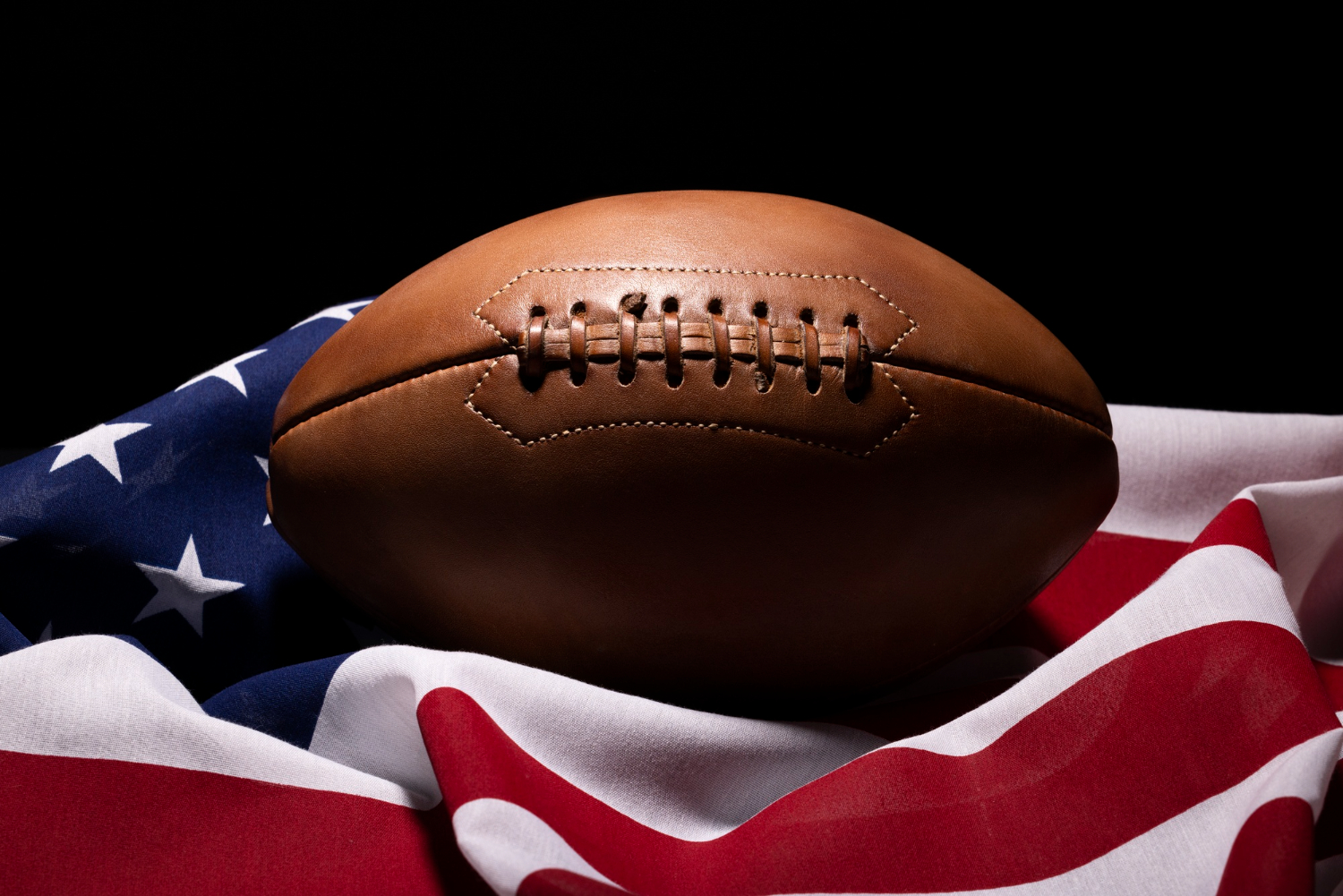Unveiling the Gridiron: The Essence of American Football

American football, often referred to simply as football in the United States, is a sport deeply ingrained in the cultural fabric of the nation. From Friday night lights illuminating high school stadiums to the grandeur of NFL Sundays, the game captivates millions of fans across the country. But beyond the spectacle of bone-crushing tackles and acrobatic catches lies a sport rich in strategy, tradition, and camaraderie.
Origins and Evolution
The roots of American football can be traced back to various forms of football played in the mid-19th century, primarily in colleges and universities. The game gradually evolved from a rugby-style sport into the gridiron spectacle we know today. In 1869, the first intercollegiate football game was played between Rutgers and Princeton, marking the beginning of organized American football.
Over the decades, the sport underwent numerous rule changes and innovations, shaping it into the modern-day spectacle it is. The forward pass, introduced in the early 20th century, revolutionized the game, adding a dynamic aerial dimension to the previously ground-based offense.
Structure and Gameplay
At its core, American football is a game of strategy and athleticism played between two teams of eleven players each. The objective is simple: advance the ball into the opponent's end zone to score points while preventing the opposing team from doing the same.
The field, known as the gridiron, measures 120 yards long and 53.3 yards wide, with distinct markings for yardage and scoring zones. The game is divided into four quarters, each lasting 15 minutes, with a halftime break between the second and third quarters.
Offensively, teams employ a variety of formations and plays to move the ball down the field. Quarterbacks orchestrate the offense, utilizing their arm strength and decision-making skills to pass the ball to receivers or hand it off to running backs. Meanwhile, linemen battle in the trenches, providing protection for the quarterback and creating running lanes for ball carriers.
Defensively, teams aim to stop the opposing offense from scoring by tackling ball carriers, intercepting passes, or forcing turnovers. Defensive schemes vary widely, with teams employing strategies such as zone coverage, man-to-man defense, and blitzing to disrupt the opposing team's rhythm.

Traditions and Culture
Beyond the on-field action, American football is steeped in tradition and cultural significance. From the fervent support of college football programs to the spectacle of the Super Bowl, the sport brings communities together like few others.
Tailgating, the practice of gathering in stadium parking lots before games to grill food and socialize, is a cherished tradition among football fans. It's a time for camaraderie and celebration, where rivalries are put aside in favor of good food and good company.
The Super Bowl, the championship game of the NFL, has become a cultural phenomenon, drawing millions of viewers from around the world. Beyond the game itself, the Super Bowl halftime show features star-studded performances that rival the game in terms of spectacle and entertainment.
Conclusion
American football is more than just a game; it's a cultural phenomenon that transcends sport. From its humble beginnings on college campuses to its status as America's most popular sport, football has woven itself into the fabric of American society. With its blend of strategy, athleticism, and tradition, football continues to captivate audiences and inspire a sense of community like no other sport.






Comments
Piper Quinn
Kailum Newton
Caspar Osborn
Marcelina Calderon